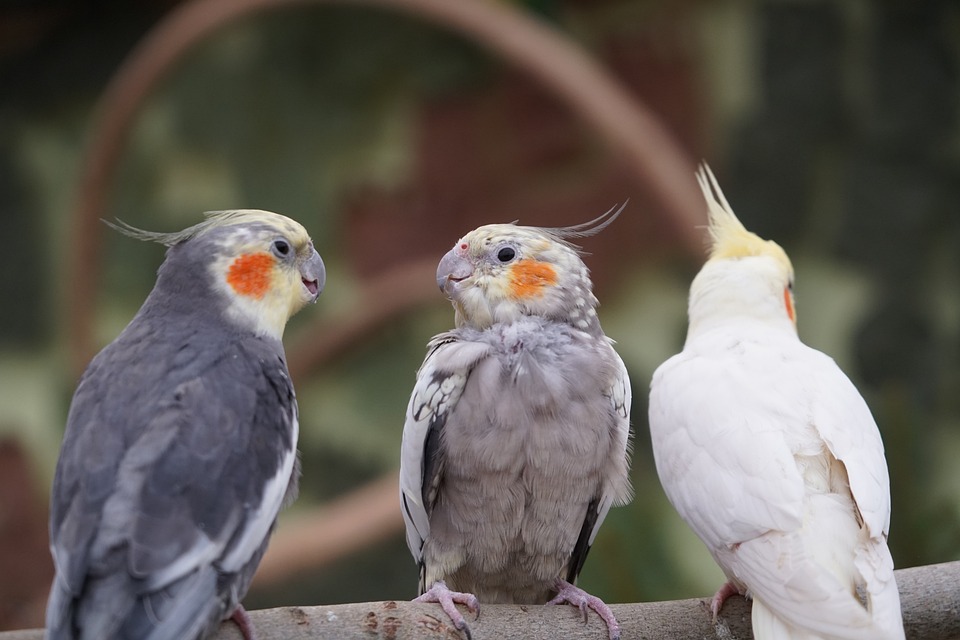Are you a proud parrot owner looking to enhance your feathered friend’s training experience? Creating a dedicated parrot training corner can greatly contribute to successful training sessions and foster a stronger bond between you and your parrot. In this article, we will guide you through the essential tools and props you need to set up an effective parrot training corner. Let’s dive in!
1. Choosing the Perfect Location
Before we delve into the training tools and props, it’s crucial to select an ideal location for your parrot’s training corner. Consider the following factors:
– Quiet and Distraction-Free: Choose a spot in your home where your parrot can focus on training without being disturbed by loud noises or constant foot traffic.
– Natural Light: Opt for an area with ample natural light, as it helps create a positive and stimulating environment for your parrot.
– Safety: Ensure the training corner is free from potential hazards such as toxic plants, electrical cords, or sharp objects that may pose a risk to your parrot’s well-being.
2. Essential Training Tools
To establish an effective parrot training corner, you’ll need a few essential tools. Here are the must-haves:
– Training Perches: Invest in a variety of perches with different textures and thicknesses. This will help your parrot develop strong feet and improve balance while training.
– Clicker: A clicker is a valuable tool for positive reinforcement training. It’s a small device that emits a distinct sound when pressed. Pairing the clicker sound with rewards helps reinforce desired behaviors.
– Target Stick: A target stick is a long, thin rod with a distinct target at the end. It serves as a visual cue for your parrot to follow during training exercises.
– Treats: High-quality treats are essential for rewarding your parrot during training. Opt for nutritious treats that your parrot finds particularly enticing.
3. Props to Enhance Training
To make training sessions more engaging and enjoyable for your parrot, consider incorporating the following props:
– Training Play Gym: A training play gym provides a dedicated space for your parrot to play, explore, and practice various exercises. It often includes ladders, swings, and interactive toys to stimulate your parrot’s physical and mental well-being.
– Puzzle Toys: Introduce puzzle toys to challenge your parrot’s problem-solving skills. These toys often involve hiding treats within compartments or require specific actions to access rewards.
– Mirrors and Bells: Mirrors and bells can be used to teach your parrot new behaviors or encourage vocalization. They provide visual and auditory stimulation during training.
Frequently Asked Questions (FAQs)
1. How long should each training session be?
It’s best to keep training sessions short, around 10-15 minutes, to maintain your parrot’s focus and prevent boredom or frustration.
2. What treats are suitable for parrot training?
Parrots enjoy a variety of treats including nuts, seeds, fruits, and vegetables. Ensure the treats are safe and healthy for your parrot’s dietary needs.
3. Can any parrot be trained?
Yes, all parrots, regardless of species or age, can be trained. However, the level of training and the ease of teaching may vary between individuals.
4. How often should I train my parrot?
Consistency is key. Aim for daily training sessions, but be mindful of your parrot’s energy levels and adjust the frequency accordingly.
5. What if my parrot shows resistance or fear during training?
Patience and positive reinforcement are crucial. Take small steps, provide reassurance, and never force your parrot to engage in training activities. Seek professional advice if needed.
Creating a parrot training corner with the right tools and props is a delightful way to bond with your feathered companion. Remember to approach training with patience, love, and respect to foster a harmonious relationship with your parrot. Happy training!









